Are you fascinated by the Earth's natural history? These are the geology museums you should visit in Baden-Württemberg:
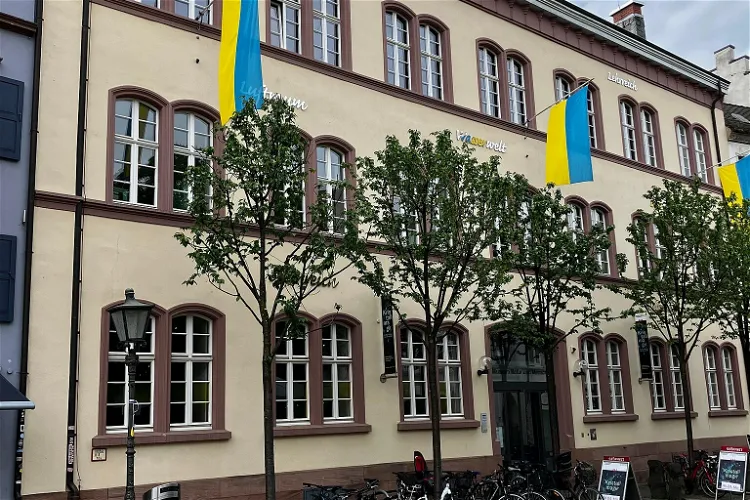
Museum Natur und Mensch
Freiburg im BreisgauThe Museum Natur und Mensch, located in Freiburg im Breisgau, Baden-Württemberg, is a natural history museum. It was established in the year 1895, making it a long-standing institution in the region. Visitors can expect to explore a wide range of exhibits related to natural history.
State Museum of Natural History Karlsruhe
KarlsruheThe State Museum of Natural History Karlsruhe, also known as SMNK, is one of the two state-owned natural history museums in Baden-Württemberg. It is a significant repository for state-owned natural history collections, making it a key location for those interested in natural history. The museum is well-known for its comprehensive exhibitions that cover all aspects of natural history.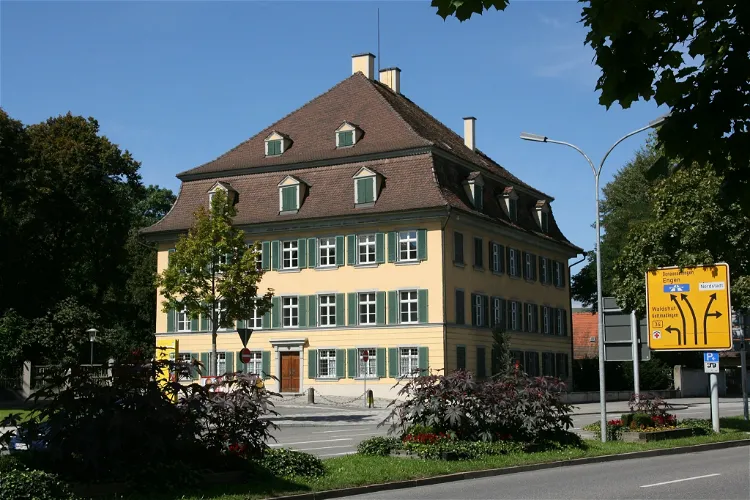
Archäologisches Hegau-Museum
Singen (Hohentwiel)The Oberes Schloss Singen, also known as Schloss Singen or Enzenbergsches Schloss, is a significant historical site located in the city of Singen. It is situated in close proximity to the town hall, in the district of Konstanz in Baden-Württemberg. This castle offers a glimpse into the rich history and architectural grandeur of the region.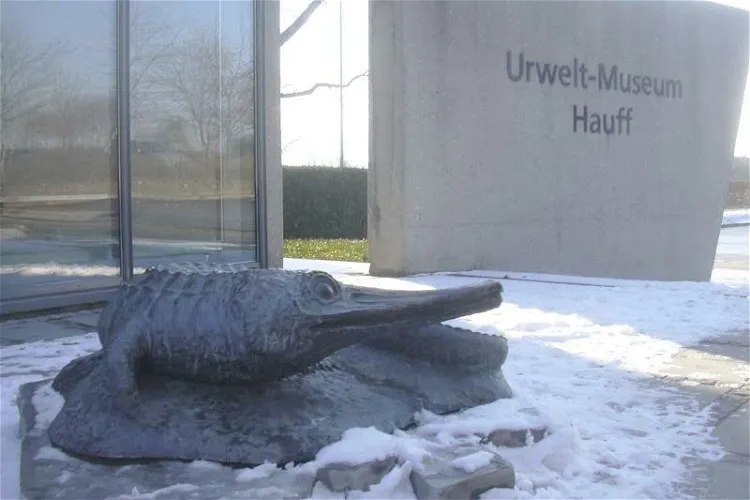
Urweltmuseum Hauff
HolzmadenThe Urwelt-Museum Hauff in Holzmaden is a unique destination for those interested in paleontology and geology. The museum showcases a vast collection of fossils from the Posidonia Shale Formation of the Swabian Alb. These fossils provide a glimpse into the prehistoric era and offer valuable insights into the evolution of life on Earth.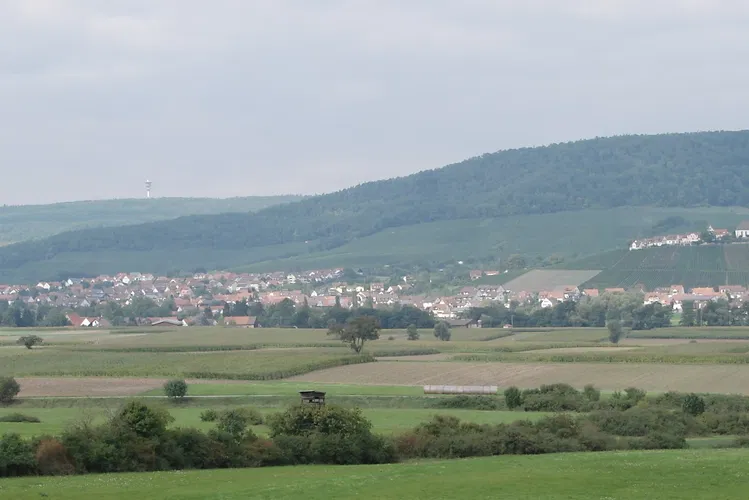
Stromberg-Heuchelberg Nature Park
LeonbronnThe Naturpark Stromberg-Heuchelberg is characterized by two prominent ridges, Stromberg and Heuchelberg. Geologically, it is part of the Keuperbergland. The southern slopes of the Stromberg are particularly suitable for viticulture, making it a potential point of interest for wine enthusiasts visiting the park.
Muschelkalkmuseum Hagdorn
IngelfingenThe Muschelkalkmuseum Hagdorn is a geological and paleontological museum situated in Ingelfingen, Baden-Württemberg, Germany. It offers a unique insight into the Triassic period in Central Europe, a time when subtropical conditions prevailed. The museum is home to fossil remains of ancient marine life such as sea lilies and armored amphibians, primarily from Germany, France, and Poland.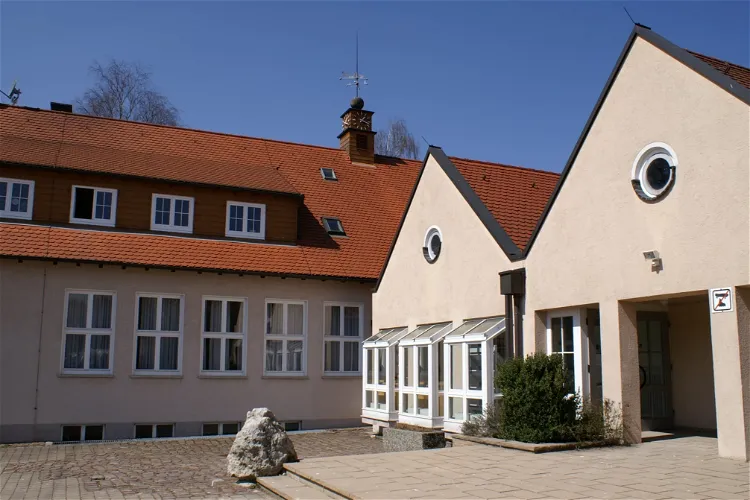
Meteorkrater-Museum
Sontheim im StubentalThe Meteorkratermuseum, situated in the district of Sontheim in Steinheim am Albuch, is a natural history museum that focuses on the Steinheimer Becken meteorite crater. This unique museum is one of the few worldwide that is dedicated to meteorite craters, making it a special destination for those interested in natural history and space phenomena.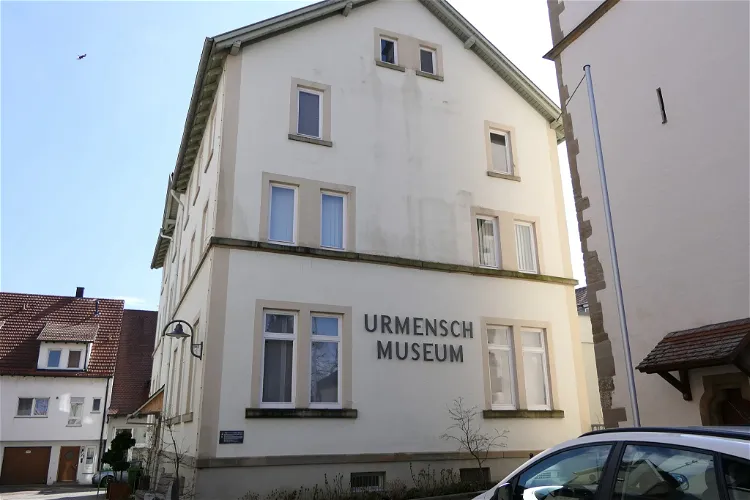
Urmensch-Museum
Steinheim an der MurrThe main exhibit of the Urmensch-Museum is a replica of the Homo steinheimensis skull. This skull was discovered in 1933 in Steinheim and is estimated to be about 400,000 years old. It provides a fascinating insight into the life of early humans.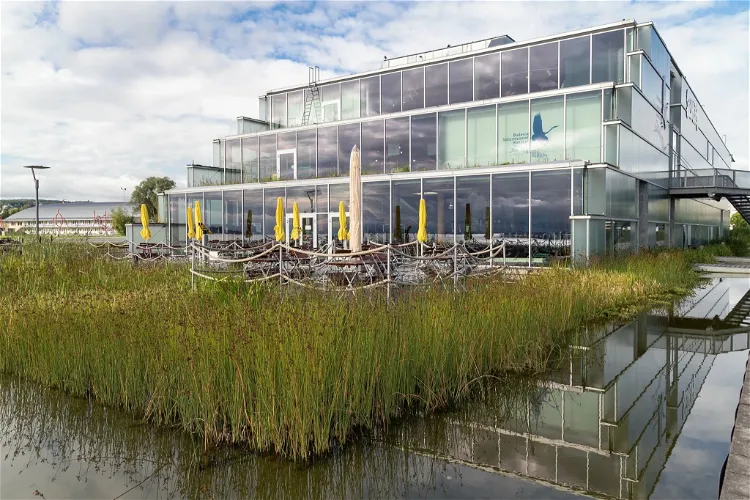
Bodensee-Naturmuseum
ConstanceThe Bodensee-Naturmuseum is the natural history museum of the city of Constance. It is situated in the building of the Sea-Life-Center, which is conveniently located near the Swiss border. This makes it an accessible destination for tourists visiting the region.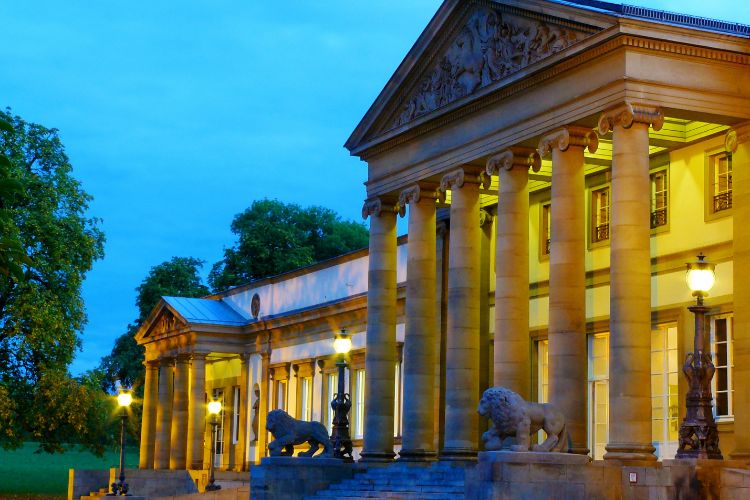
Stuttgart State Museum of Natural History
StuttgartThe State Museum of Natural History Stuttgart (SMNS) consists of two museums located in the Stuttgart Rosenstein Park, which combine exhibition and research activities. While the Museum Schloss Rosenstein is dedicated to biology, the focus of the Museum am Löwentor lies on paleontology and geology.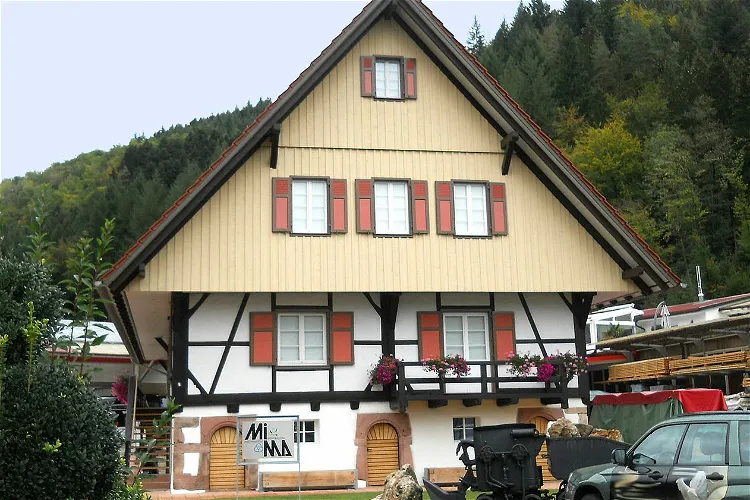
MiMa – Museum for Minerals and Mathematics
OberwolfachMiMa, located in Oberwolfach in the central Black Forest of southern Germany, is a unique museum that combines the fields of mineralogy and mathematics. This distinctive blend reflects the region's rich mineral resources and the knowledge of the Mathematics Research Institute, Oberwolfach.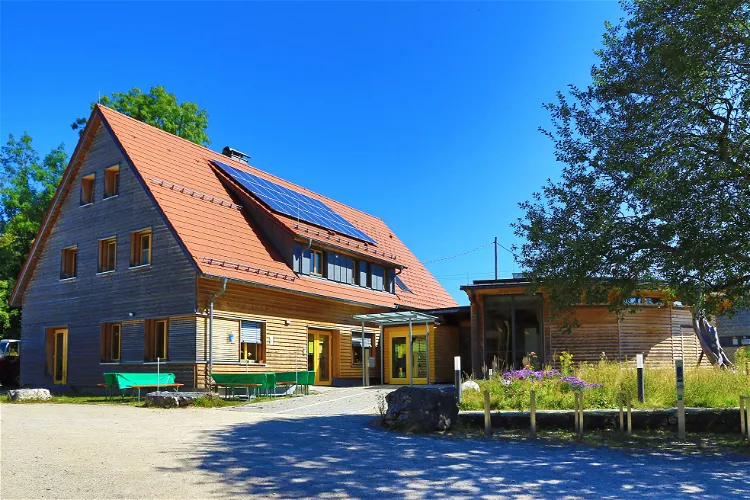
Naturschutzzentrum Schopflocher Alb
SchopflochThe Naturschutzzentrum Schopflocher Alb (NAZ) is a significant nature conservation center located in Baden-Württemberg. It was established in 1994 as a foundation under civil law. The center is one of seven public nature conservation centers in the region, making it a notable destination for those interested in nature conservation and environmental education.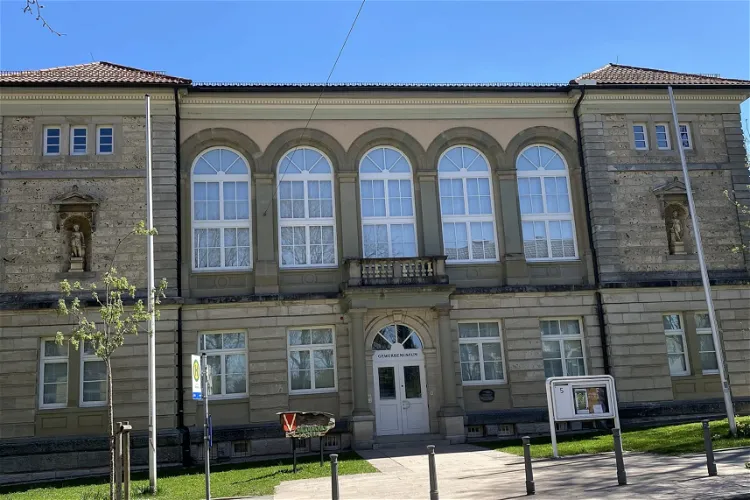
Gewerbemuseum
SpaichingenThe Gewerbemuseum Spaichingen is a city museum situated in the town of Spaichingen, within the Tuttlingen district of Baden-Württemberg. Established in 1991, the museum is housed in a building constructed in 1876 in the Neorenaissance style. The museum offers a glimpse into the region's history and its transition from a rural area to an industrial hub.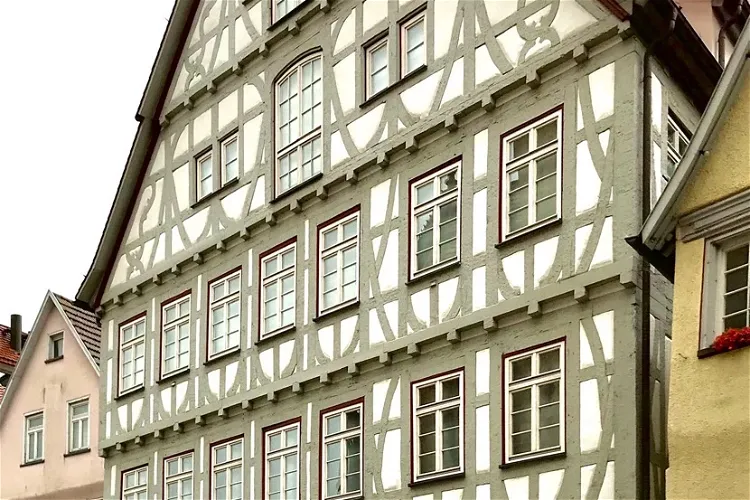
Naturkundemuseum
ReutlingenThe Naturkundemuseum Reutlingen is situated in a charming half-timbered house, adjacent to the Marienkirche in the historic old town of Reutlingen. This location not only offers a unique setting for the museum but also places it in the heart of the city, making it easily accessible for tourists.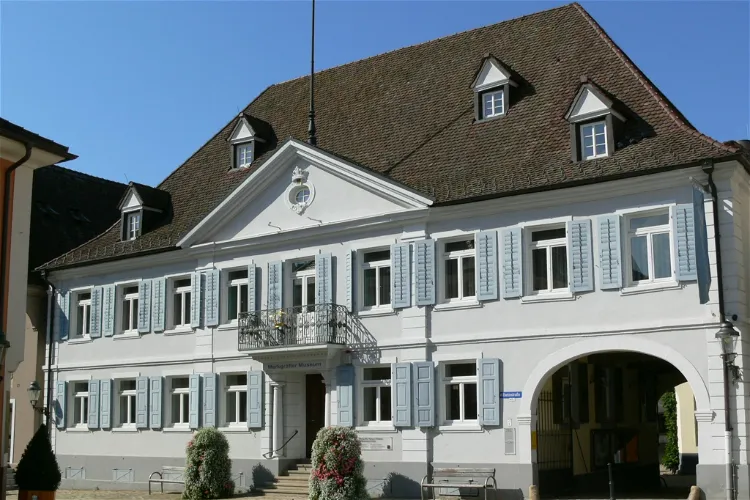
Markgräfler Museum Müllheim
Müllheim im MarkgräflerlandThe Markgräfler Museum is a regional museum located in Müllheim in the Markgräflerland, a city within the district of Breisgau-Hochschwarzwald in Baden-Württemberg, Germany. It is the largest museum between Freiburg im Breisgau and the agglomeration of Basel Lörrach in the tri-border area. The museum has two locations: the Blankenhorn Palace and the Frick Mill.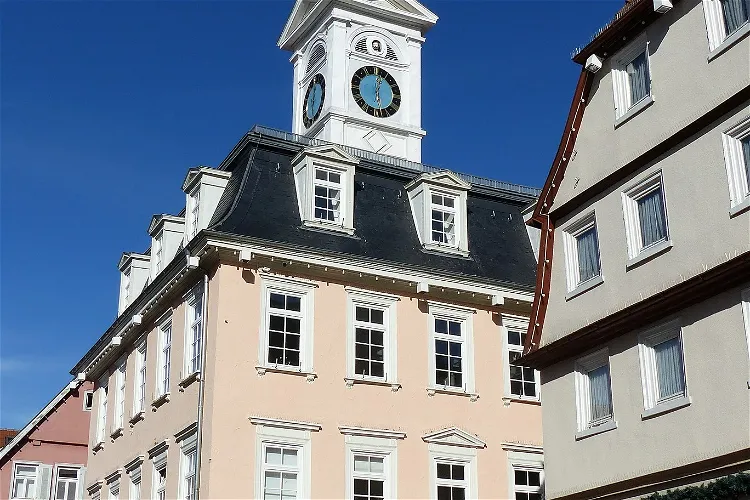
Urweltmuseum
AalenThe Urweltmuseum Aalen holds the distinction of being the largest municipal museum for geology and paleontology in Baden-Württemberg. This makes it a significant destination for those interested in these fields, offering a wealth of information and exhibits that delve into the earth's ancient past.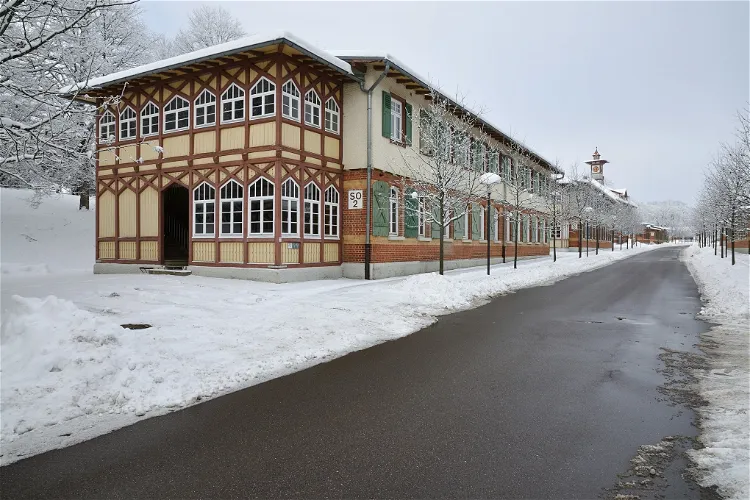
Museum Altes Lager Münsingen
MünsingenThe Altes Lager is open to the public daily from 9:00 AM to 7:00 PM. Visitors can access the site via a foot and bike path that was opened in 2019. This path connects the Altes Lager to the Swabian Alb biosphere area and the former military training area, offering a unique opportunity to explore the region's natural and historical attractions.
Brenz Castle
Sontheim an der BrenzBrenz Castle, a Renaissance castle, is situated in the Brenz an der Brenz borough of Sontheim in the Heidenheim district of Baden-Württemberg, Germany. This historical structure offers a glimpse into the architectural style of the Renaissance period and is a significant landmark in the region.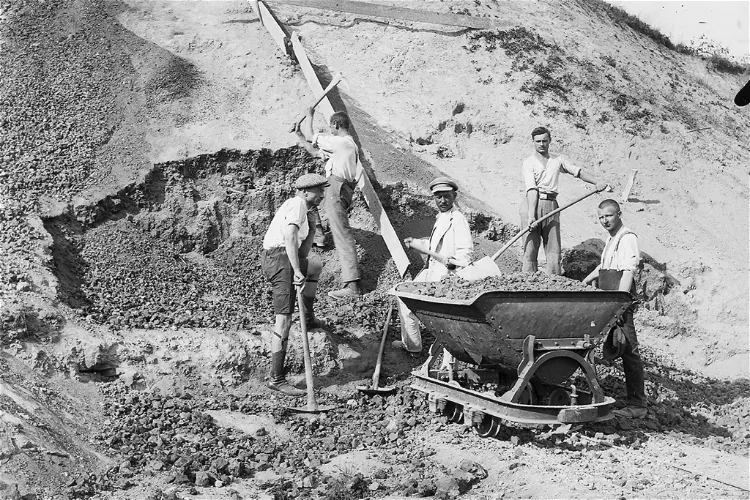
Museum Auberlehaus in Trossingen
TrossingenThe Auberlehaus is a historic building located in Trossingen, which is home to a museum that showcases several significant exhibits. This museum is a testament to the rich history and culture of the region, offering visitors a chance to delve into the past and gain a deeper understanding of the area's heritage.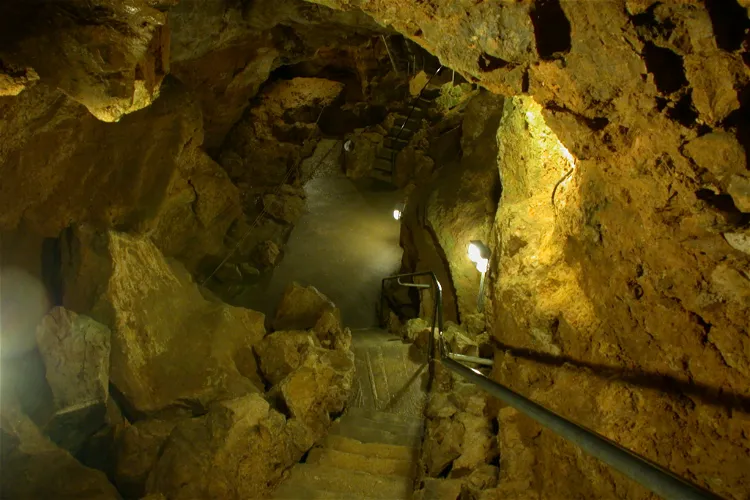
Tiefenhöhle Laichingen
LaichingenThe Laichinger Tiefenhöhle is a unique attraction in Germany, being the only shaft cave in the country that has been developed into a show cave. Visitors can descend up to 55 meters below the earth's surface, making it one of the deepest show caves in Germany. This provides a unique opportunity to explore the underground world and learn about the geological features of the area.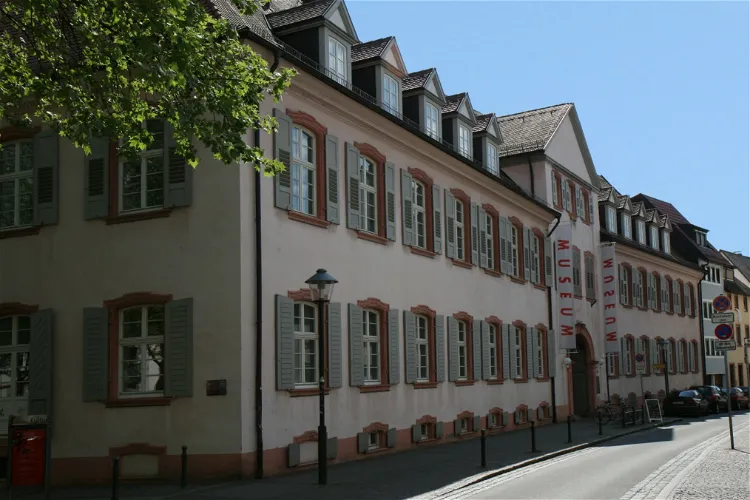
Museum Ritterhaus
OffenburgThe Museum im Ritterhaus, located in Offenburg, Baden-Württemberg, is a historical institution that was inaugurated in 1900. It was originally established by Carl Frowin Mayer as a 'Museum for Natural and Ethnology'. This museum offers a deep dive into the natural and ethnological aspects of the region, making it a fascinating destination for those interested in these fields.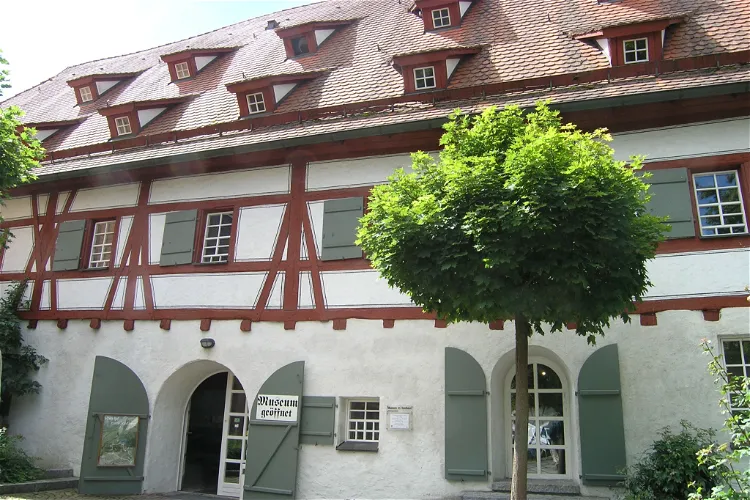
Museum im Seelhaus
BopfingenThe Museum im Seelhaus, located in Bopfingen in the Ostalbkreis, serves as the city's museum. It is home to a variety of archaeological exhibits from the region, providing visitors with a glimpse into the area's rich history. Additionally, the museum features an exhibition dedicated to the history of the city itself, offering a comprehensive overview of Bopfingen's past.- 23
Bodensee-Obst-Museum
FrickingenThe museum's collection was diverse and related to Lake Constance and its coastal landscapes. It included antiquities and natural history objects of all kinds, such as maps, city plans, pictures and photographs, coats of arms and seals, coins and documents from Lake Constance.